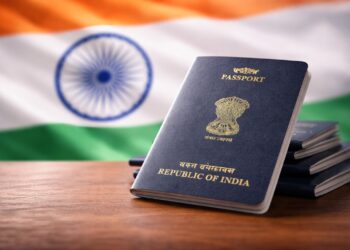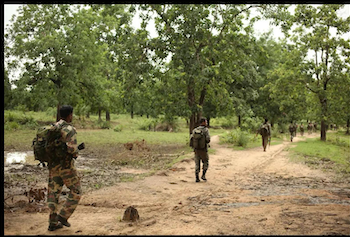With the start of Covid-19, the rejection rate for Canadian student visas dropped further to 60% in 2022 from a starting point of about 35% in 2019. Students had to wait at least 8 to 10 months to receive visas and even the best profiles were often turned down. However, there is now some respite as the rejection rate has slowly started to.
In the past several weeks, students with a 3-year gap in their studies have received study visas. A big number of students sought for student visas in the United Kingdom, the United States, and Australia as a result of Canada’s high rate of rejection, according to consultants, who said that this improvement is one of the key causes.
In the past few weeks, the rejection rate has improved, and now 5–6 students are receiving visas out of every 10 applications, according to consultant and owner of Jupiterr Academy in Jalandhar Narpat Babbar. Previously, only four Indian students out of ten applications were granted visas, but this has changed. “The Canadian government seldom ever considers a study gap of more than two years, but suddenly even students with a gap of three years are acquiring visas,” he added.
According to consultant Gurpreet Singh of the Kapurthala-based i-Can, formerly, strong profiles were rejected but not anymore. He stated that the tendency of picking and choosing still exists.
Despite a rise in visa requests, a significant number of students are now receiving visas, according to Khilandeep Singh, director of Can-Able Immigration Consultants in Ludhiana.
Consultants said that a significant proportion of Indian students, primarily Punjabis, enrol in universities in Montreal (Province of Quebec) and that this tendency persisted throughout the pandemic. In contrast, the government identified 10 institutions for inspection during the pandemic because of the high admittance rate of overseas students.
Babbar claimed that throughout the admissions process, some students were admitted to these Montreal-area colleges but were unable to enrol because of the inspection procedure. Following an investigation, it was discovered that three of these Montreal institutions had reportedly adopted unethical procedures for admitting foreign students.
The Ministry of Higher Education, part of the Quebec government, was told to receive complaints from students who enrolled at these institutes, according to the Indian High Commission. Previously, the Canadian High Commission had a poor opinion of these students, but today, they claimed, they now hold a sympathetic view of them.
Other nations, like the UK, Australia, and the USA, started to receive more applications as a result of Canada’s decision to refuse applications. According to the latest data from the British High Commission, 1,17,965 sponsored study visas have been granted to Indian students by the UK in the year ending in June 2022, a 215% rise over 2019, when only 37,396 such visas were granted.
Additionally, India has overcome China to take the top spot after receiving the most sponsored study visas from the UK. According to Chitresh Dhawan, proprietor of Dhawan Educational Consultancy in Amritsar, “the student visa success rate in the UK is close to 100%.” He also noted that sponsored student visas arrive in less than a month, which is the main appeal for students.
Additionally, the US had a 95% admission rate for students, and in such a situation, Canada could not take anything for granted. As a result, a consultant claimed, it began carefully evaluating each case.
Students have been instructed by consultants that they must provide all required documents, together with the letter they received from their individual universities, in the exact same sequence as requested if they want to avoid being rejected. Additionally, students should explain why they choose to study in Canada. If they are turned down, they can appeal and reapply with the aid of experts. To get assistance, students can go to the official websites of the Canadian government.











